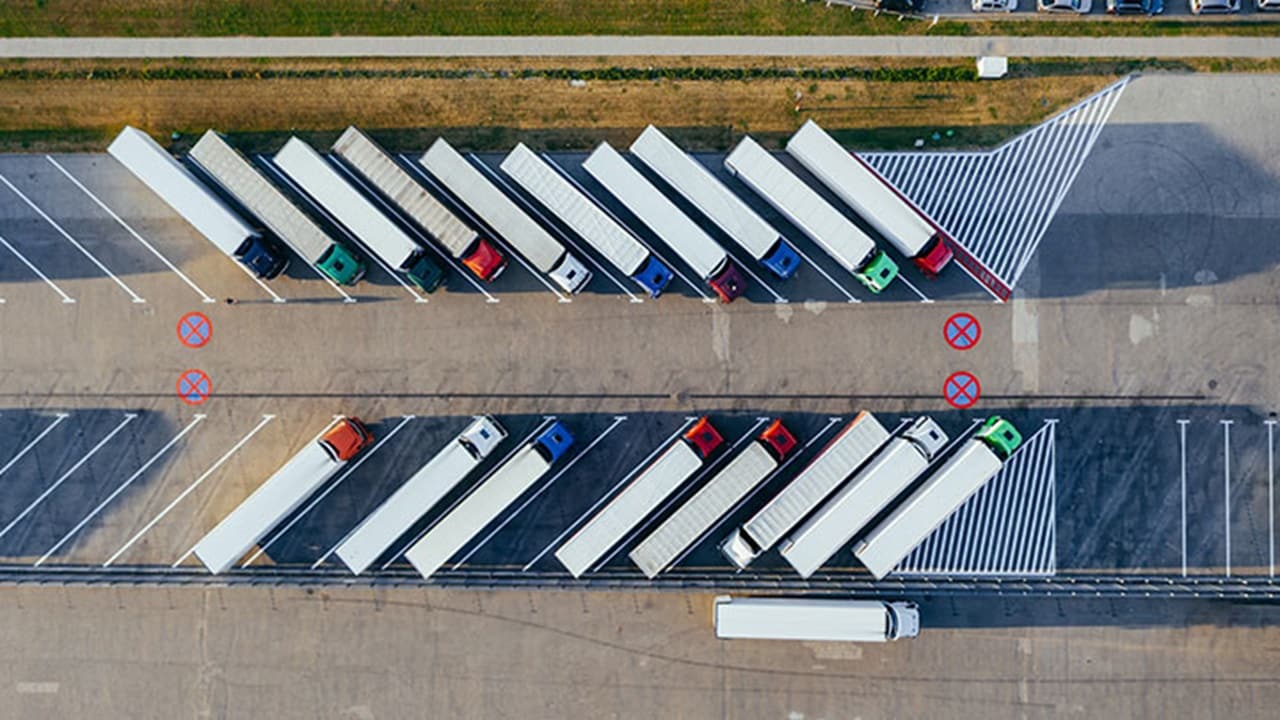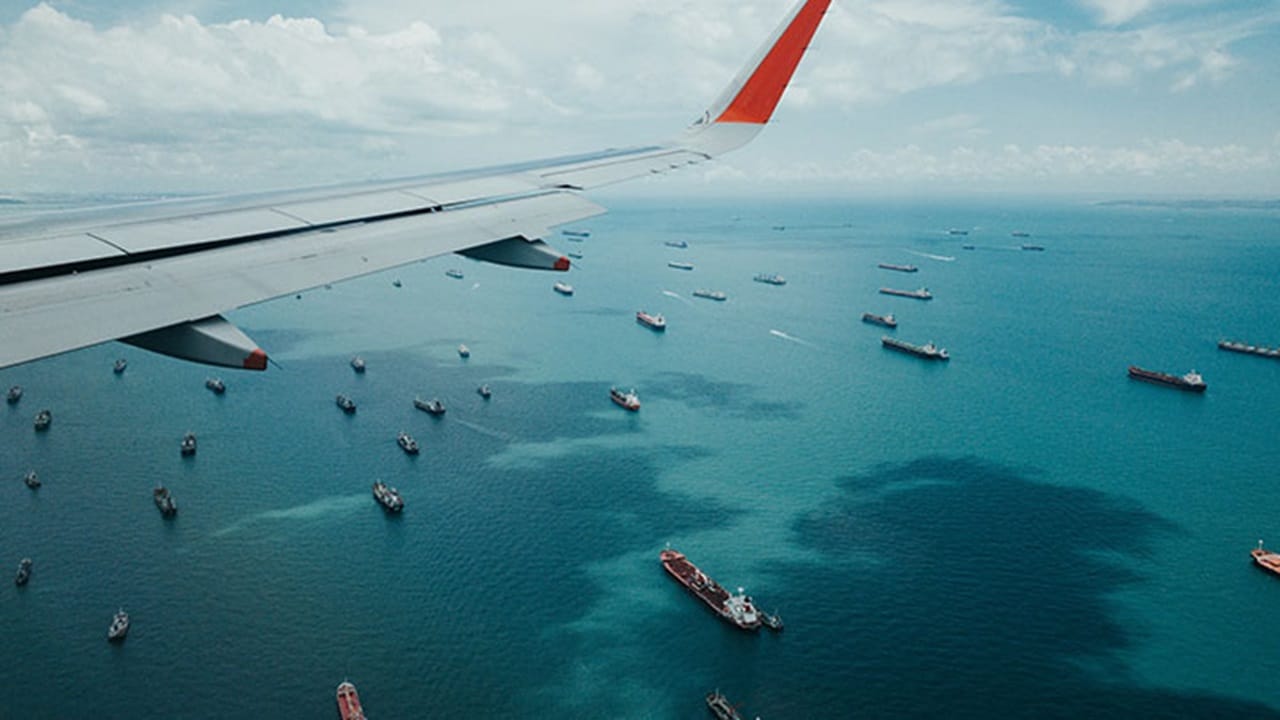Sustainability in the fashion industry is not just a passing trend, but a top priority for both brands and end consumers.
While 88% of consumers want brands to help them be more environmentally friendly, fashion companies globally are still emitting roughly the same amount of greenhouse gasses per year as Germany, France, and the United Kingdom combined. While brands are increasingly finding new solutions for more sustainable production and material sourcing processes, there is a key portion of the business' emissions that are being ignored.
A 2021 study by McKinsey concluded that 59-99% of a company's greenhouse gas emissions stem from indirect, mainly supply chain-related functions. Though some portions of the supply chain have been the focus of emissions reductions in recent years, most fashion companies have yet to fully understand how their logistics contributes to, or detracts from, their emissions goals. By working with a trusted logistics partner, industry leaders can find new and innovative ways to bring more sustainable solutions into their supply chains, helping them to not only reach their emissions goals, but also reduce waste and look forward to future growth.
Read on to learn the five key ways that logistics can enable the decarbonisation of the fashion industry.
1. Reduce waste through supply chain visibility
Overproduction has been a widely publicised issue for the fashion industry, with the equivalent of a truckload of textiles either burnt or buried every second. While companies aim to keep pace with consumer demand, some garments are overproduced and then wasted, with an estimated 30-50% of all fashion products never reaching an end consumer.
While avoiding stockouts is essential, some companies produce products months in advance (in certain cases leading to an excess) to ensure that stock reaches the retail locations or warehouses that need it even if their shipments experience disruptions or delays. However, greater supply chain visibility can provide the control that fashion companies crave, so that they can eliminate the need to produce too much in advance, potentially leading to unsold product.
Working with a logistics provider that offers digital tracking solutions can help allow fashion companies to have visibility on their shipments, responding accordingly in case of delays or disruptions. This means that brands can avoid buffering for potential delays by having to produce more goods in advance, but instead they can choose new modes of transport for shipments or redirect them to other markets where goods are more urgently needed. Visibility can also allow companies to transport deadstock more easily from one location to a market where the goods are more popular, eliminating product waste and maximising profits.
2. Provide clarity on your business' scope three emissions
As previously mentioned, scope 3 emissions have measurable impact on a business' ability to drive sustainability. Defined by the Greenhouse Gas Protocol, scope 3 emissions are "all indirect emissions that occur in the value chain of the reporting company, including both upstream and downstream emissions". Therefore, emissions that are the result of the transportation of products from production to warehouse, to retail location, to end-consumer; would largely be categorised as scope 3 emissions for the fashion industry. While companies have primarily been focused on scope 1 and 2 emissions, those they have more direct oversight over, the fashion industry would benefit from not only reducing, but also understanding and tracking these scope 3 emissions.

In order to be able to measure this impact, companies first need to understand the current landscape of their emissions, and to do so may be a daunting task when working with numerous providers. However, companies can more tangibly start their journey towards visibility by working with partners who offer emissions tracking services. Digital solutions are currently available that let brands see emissions from every chain in their logistics journey. This visibility can help companies to make more informed decisions on transit routes and modes of transport and can act as a necessary first step in making more sustainable changes.
3. Reiterate to find lower impact modes of transportation
Once a company has greater visibility over their scope 3 emissions, they may find that one mode of transport is disproportionately contributing to their emissions and hindering their abilities to reach their sustainability goals.
If companies find that their current modes of transport do not balance their needs for efficiency and sustainability in the way they want, they can work with their logistics partner to find alternative modes, without sacrificing on delivery speeds or cost effectiveness. In fact, a study published in Transportation Science found that in one case, by switching modes of transportation they were able to reduce emissions by 10% while finding a mere 0.7% increase in total logistics costs.
Indeed, one of the largest benefits of working with an integrated logistics provider is that businesses can react quickly to new information and respond accordingly to adjust shipments that might be affected by delays, or could easily be put onto a new, or multimodal, transport journey.
4. Utilise alternative fuels for lower emissions
In addition to shifting modes for optimised speed and sustainability, fashion companies can enjoy new innovations in eco-fuels that are continuously being developed and improved, enabling them to stick with the modes of transport they prefer while minimising impact at the same time.
There are many exciting developments underfoot in the sustainable logistics sphere. Right now, container ships are being developed that can run on methanol, a fuel that is created by combining hydrogen, sourced as a waste by-product from industrial exhaust systems, with carbon dioxide. Methanol is also far more efficient to transport and store, and is biodegradable, reducing environmental risk in the case of spills. This solution allows companies to utilise one of the largest capacity modes of logistics, while drastically reducing their scope 3 emissions.
Such innovations are also being explored in the skies, through sustainable aviation fuels made from biowaste. Made from agricultural, forestry, household, and/or industrial waste, sustainable aviation fuels have the capability to deliver lifecycle carbon savings of 70% or more, with the possibility of even greater savings in the future.

Additionally, there are increasingly popular solutions for in-land transportation and last-mile delivery, a link in the supply chain that has traditionally been less sustainable. Since the pandemic and the resulting boom in e-commerce, last-mile deliveries have become more and more common. Without intervention, the World Economic Forum predicts that greenhouse gas emissions from last-mile delivery will increase 30% by 2030. However, by working with a logistics partner that is at the forefront of alternative transportation modes the fashion industry can experiment with new transportation solutions that can help them ultimately achieve their emissions reduction goals without compromising on customer experience.
5. Co-create circular solutions with an experimental logistics partner
Today only about 25% of textile waste is collected, and while 12% of production waste is recycled, a 2018 study found that less than 1% is made into new garments. This disparity leaves room for immense growth within the industry, but any fashion company can tell you, the journey towards circularity is far from straightforward.
Within the realm of logistics, brands can struggle to find affordable and scalable solutions for circular transportation, as solutions like in-store textile recycling involves a whole new supply chain. This may be a pain point for brands aiming to scale their circularity journey now, but partnering with a logistics provider that is willing to develop and pilot solutions for their customers, will lead to long-term sustainable solutions.
Unlocking the power of logistics: why fashion industry leaders should care
While parts of the fashion industry are seeking more sustainable solutions when it comes to material sourcing and production, it is clear that more emphasis could be placed around how logistics can support the industry's sustainability goals. By partnering with a logistics provider that can enable flexibility for reduced waste, visibility on emissions, alternative routes and fuels for greater efficiency, and collaboration on circular solutions; fashion companies can look forward to a future of sustainable growth with optimism.
未来,您想随时了解必读行业趋势吗?
您已经完成了,欢迎“登船”!
很抱歉,发送您的联系请求时出现问题。
请查看表单字段,确保所有已正确填写所有必填信息。如果问题仍然存在,请联系我们的支持团队以获得进一步的帮助。
未来,您想随时了解必读行业趋势吗?
使用此表格注册,即可直接在您的邮箱中接收我们的洞察见解,进入一个真正的综合物流世界。简单操作,即从我们为您量身定做的精选文章中获得启发,了解相关行业洞察信息。您可以随时取消订阅。













